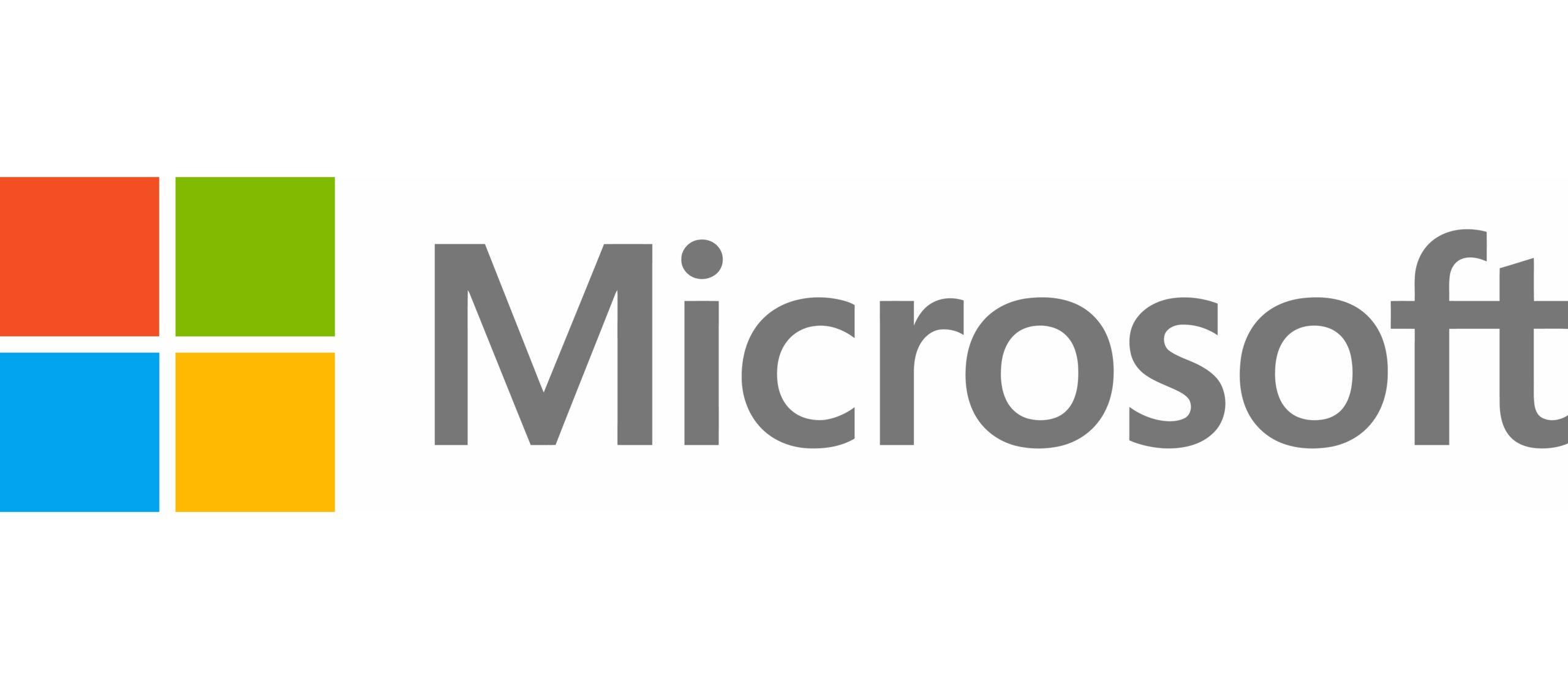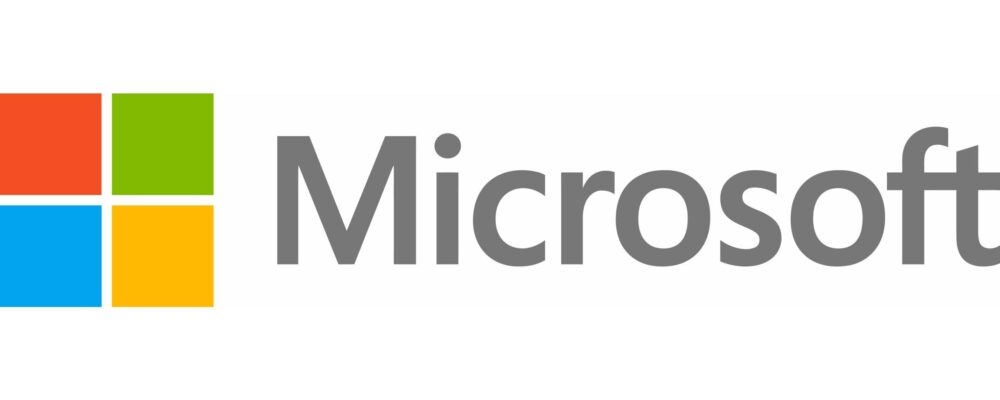Toyota City, Japan – Cars are going through some of the most rapid engineering shifts in their 100-year history, putting intense pressure on global automakers to innovate more quickly.
That includes the Toyota Motor Corporation, which last year sold more than 10 million vehicles, more than any other automaker in the world.
At its headquarters in Toyota City, an hour’s drive east of the industrial hub of Nagoya, the carmaker is building a system of generative AI agents to store and share internal expertise with the goal of developing new vehicle models faster, even as droves of engineers are retiring.
“At Toyota, we are shifting from being a car company to a mobility company,” said Kenji Onishi, an automotive engineer and 18-year Toyota veteran who is leading the generative AI project. “The biggest challenge is the number of items to be developed is increasing rapidly.”
They include batteries, charging stations and a host of other hardware and software that now go into the shiny products that roll out of Toyota plants around the world.
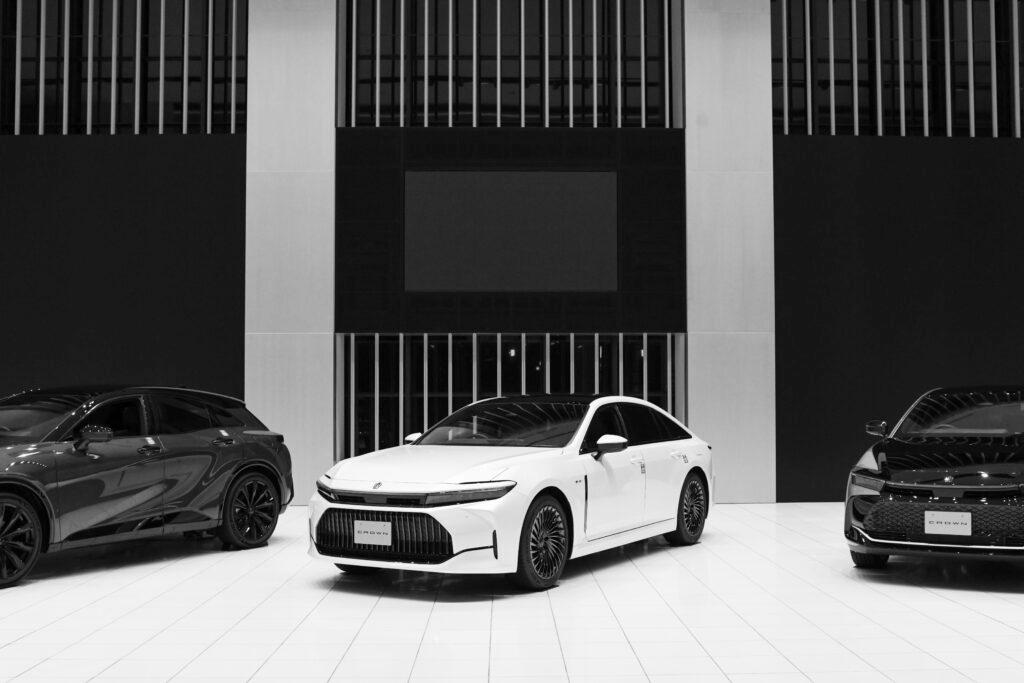
The system is named “O-Beya,” after a longtime Toyota management term for collaborative teams. “O-Beya means “big room” in Japanese. Drawing on design data from real-life engineers, the idea is to create a big roomful of AI agents, or experts, accessible 24/7.
The “O-Beya” system currently has nine AI agents – from a Vibration Agent to a Fuel Consumption Agent. Users can select multiple agents to answer a question.
For example, an engineer might ask O-Beya how to make a car run better. An engine agent might give an answer related to engine output while a regulatory agent provides an answer on limits to emissions, which O-Beya then consolidates into a single reply, Onishi said. In future, the system will select the right agents on its own, without users needing to do so.
Not surprisingly, O-Beya is being used in the department that develops powertrains, the crucial infrastructure that connects the engine with wheels to power a vehicle. Designing powertrains requires a host of experts who specialize in things like engines, batteries, driving and even sound – all working together.
“These experts are relatively senior. When they retire, their knowledge will be gone. The mission here is to prevent it from happening,” Onishi said. “So we’d like to transfer this knowledge to the next generation.”
Toyota’s AI system is built on Microsoft Azure OpenAI Service and uses OpenAI’s multi-modal GPT-4o Large Language Model (LLM). Azure Functions, an API or application programming interface, connects Azure OpenAI Service with Azure Cosmos DB, an AI-ready database that enables vector search – a type of search that can find closely related information beyond just keywords.
The proprietary system is grounded with Toyota’s design data that includes its past engineering design reports, the latest regulatory information and even handwritten documents by veteran engineers. Azure Cosmos DB also allows Toyota to securely store users’ conversation histories as well as reviews of the AI responses by human experts, for constant improvement.
In the future, Onishi said, the data set will include things like technical drawings and other non-text information.
Since January 2024, some 800 engineers who work on powertrains – which includes the engine, transmission, driveshaft, axles and more – have had access to O-Beya. It has been used “hundreds of times” a month, Onishi said.
Takehiro Nakamura is an engineer who focuses on fuel efficiency and environmental regulation. Recently, he typed a question in O-Beya, specifying the Regulatory Agent. It was about equipment specs for measuring exhaust emissions and he was surprised, he said, at how detailed and accurate the answer was.
“It’s much easier to find information,” he said. In the old days, he had to spend much longer seeking out the right document, reading a lot of text and figuring out the answer.
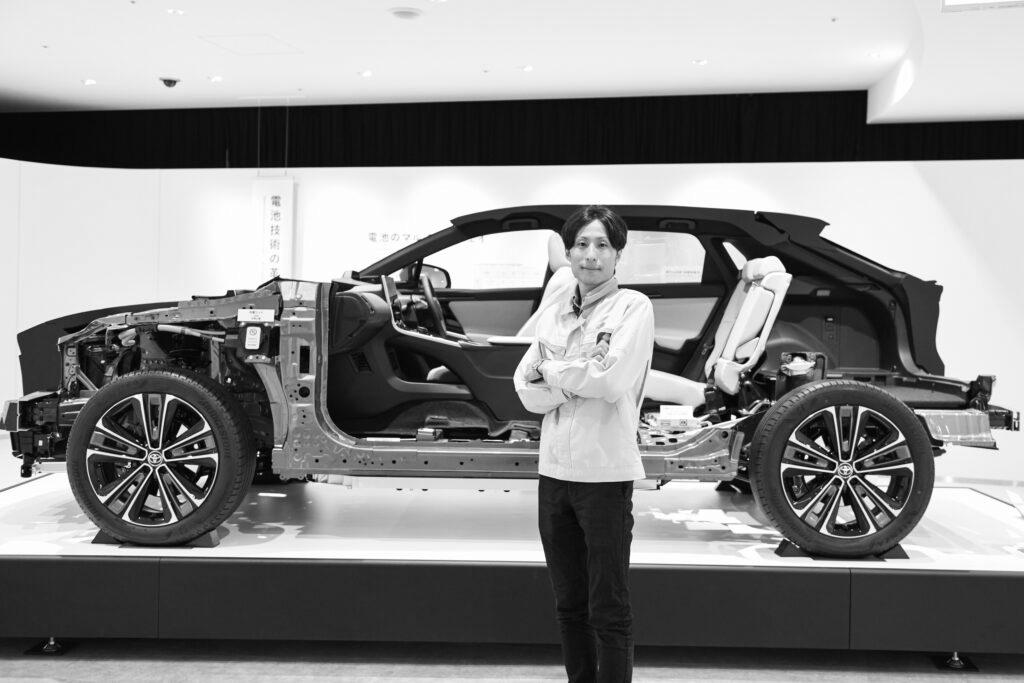
The Toyota Motor Corporation dates back to the 1930s, when this area was called Koromo and was known for producing silk. Alarmed at falling silk demand during the Great Depression, the local mayor invited Toyoda Kiichiro, the heir to Toyoda Loom Works, to open an auto plant to resuscitate the economy.
Along the way, the name Toyoda was changed to Toyota because it looked better in Japanese script.
Today, Toyota is the world’s biggest carmaker by volume. It made a record net profit of $31.9 billion for the financial year ending March 31, 2024, according to the Japan Times. Toyota also makes luxury cars under the Lexus brand.
It’s known as a leader in management and manufacturing processes – known as The Toyota Production System – that minimize waste.
Toyota is Onishi’s first job out of university in 2006. Like many automotive engineering graduates, he said: “I really wanted to be here.”
He began working on driving control development for hybrid vehicles and moved through other development roles before landing in powertrain development in 2018. His bio includes the line: “I have a passion for new things.”
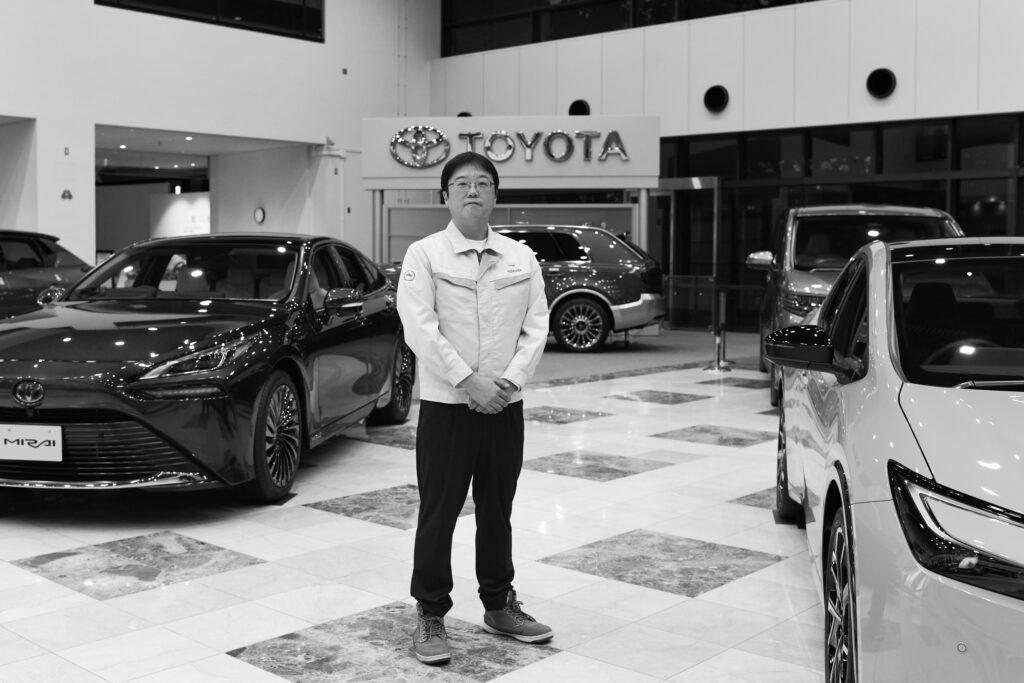
At its most basic, a car consists of the powertrain, the body and the chassis – made up of the suspension, steering and brakes.
For decades, the powertrain had just an engine and transmission, which connected power to the wheels. Then hybrids came along, needing an additional electronic motor and battery to run. Then came EVs, which needed more motors and bigger batteries, as well as charging ability.
As making cars becomes increasingly complicated, the number of AI agents will only grow, Onishi said.
For example, he would like to develop a “Consumer Voice Agent” which can tell a user the most common consumer complaints received on a certain car model. If, say, “noisy engine” crops up frequently, the next question might be: “In which situations?”
The team can then work on reducing engine noise for the next generation of cars.
Top image: AI project lead Kenji Onishi and engineer Takehiro Nakamura consult the O-Beya AI system meant to help develop powertrain parts for cars more quickly. Photo by Noriko Hayashi for Microsoft.
Microsoft is a technology company, a small local company, with few employees, no offices, and almost making no profit… >>
Please visit the firm link to site


